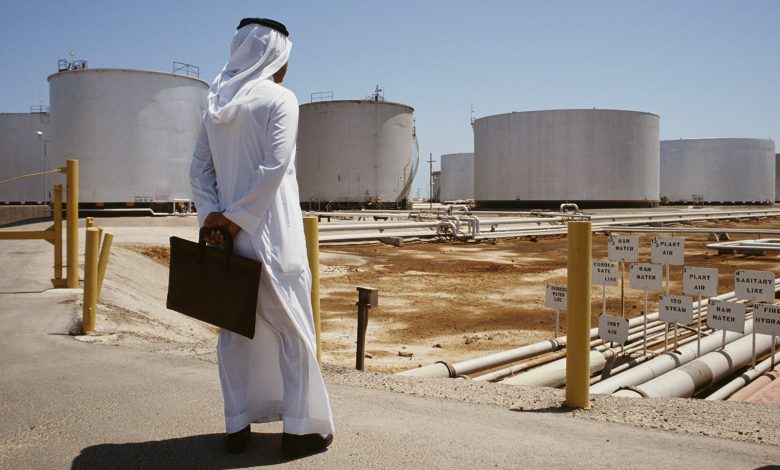Saudi Aramco: The World’s Most Anticipated IPO

The Oil Giant
Saudi Aramco, Saudi Arabia’s gigantic state-owned oil company, recently unveiled plans to launch the world’s biggest initial public offering (IPO). The IPO would turn Saudi Arabia’s crown jewel of a corporation into a publicly traded company with shares available for sale on the Saudi stock exchange, the Tadawul. Trading is expected to begin in December 2019, although a specific IPO date has yet to be revealed. While there has been a great deal of debating on the value of Saudi Aramco, bankers have told the Saudi government that investors would likely value the company around $1.5 trillion, although Saudi government officials would prefer a valuation of $2 (Merced, 2019). Yasir al-Rumayyan, chairman the Saudi Aramco has said that the IPO of his company represents important progress towards the diversification of Saudi Arabia’s economy away from traditional fossil fuel production and into a global financial hub.

History
Saudi Aramco’s roots can be traced back to 1933 when Saudi Arabia struck a deal with the Standard Oil Company of California (now known as Chevron) to explore for oil throughout the Arabian Peninsula. Between 1973 and 1980, Saudi Arabia worked to transform Saudi Aramco into the country’s official state-owned oil company by gradually purchasing all the company’s assets. According to the U.S. Energy Information Administration, Saudi Arabia holds the world’s second-biggest reserves of crude oil, only behind Venezuela. As a result of these massive reserves, Saudi Aramco alone produces one-tenth of the world’s oil output, which is more oil than any other single company (Barnett, 2019). In 2018, Saudi Aramco made $111 billion in net income, almost twice the profit that Apple made and many times that of smaller rivals like Exxon Mobil and Royal Dutch Shell (Merced, 2019).

Saudi Aramco’s Activities
Saudi Aramco’s main role in the fossil fuel industry involves pumping oil from the Arabian Peninsula and selling it into the global oil market, where its largest consumers are in the U.S., China, and India. Saudi Aramco also assists with global exploration for new crude oil reserves, refines oil into numerous products like gasoline and chemicals, and purchases and sells other oil companies’ petroleum products as an independent trader (Barnett, 2019). Key activities for Saudi Aramco can be simplified into oil production, petrochemical processing, and refining. As a result of Saudi Aramco’s operations, crude oil production and processing accounts for about 21.8% of Saudi Arabia’s total gross domestic product (Barnett, 2019).
Diversifying Saudi Arabia
Diversifying Saudi Arabia’s economy has been one of the top priorities under Crown Prince Mohammad bin Salman’s Vision 2030 campaign. Selling shares of Saudi Aramco will help to transform the state-owned company into a globally integrated energy business. However, as a surge in anti-fossil fuel sentiment spreads around the world, some policy experts wonder whether Saudi Aramco’s IPO will be as successful as Saudi Arabia anticipates. With investors becoming increasingly focused on ethical endeavors, the listing of the world’s largest oil company may not be as well-received as prior IPOs. Many hedge funds have been divesting from fossil fuel investments in order to avoid the price swings of the oil market. As volatile energy prices and climate change focused investors drive future hedge fund decisions, Saudi Aramco will need to work diligently to entice new investors.

Sources:
BBC. (2019). “Saudi Aramco IPO: World’s most profitable company to go public.” BBC.
Barnett, A. (2019). “Aramco: How the World’s Most Important Energy Company Works.” Wall Street Journal.
Merced, M. (2019). “Saudi Aramco Announces Its I.P.O.” The New York Times.



